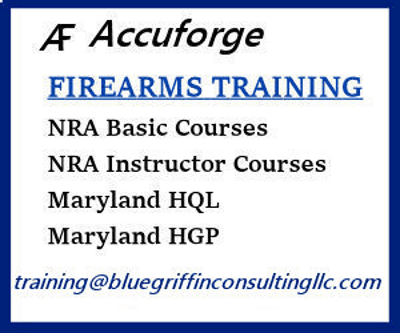jmiller320
Ultimate Member
I reloaded the rest of the 9mm brass I had prepared. I started out with reloading 100 using two different types of 115 grain bullets. I test fired both types with no issues in two different pistols. One Sig 365X and the other a S&W M&P Shield EZ. I finished loading the rest of the brass that was prepared with the original batch. Today I went to the range to test some .45ACP I loaded and I took some of the recent 9mm loads. I brought the S&W and the bullets wouldn't chamber. They fed OK and the length was the same, 1.125. The bullet was about 1/8" from seating in the chamber. When I returned home I tried the Sig barrel and they drop right in with no problem. Anyone have any ideas whats going on, or how to fix this issue?
Last edited:


